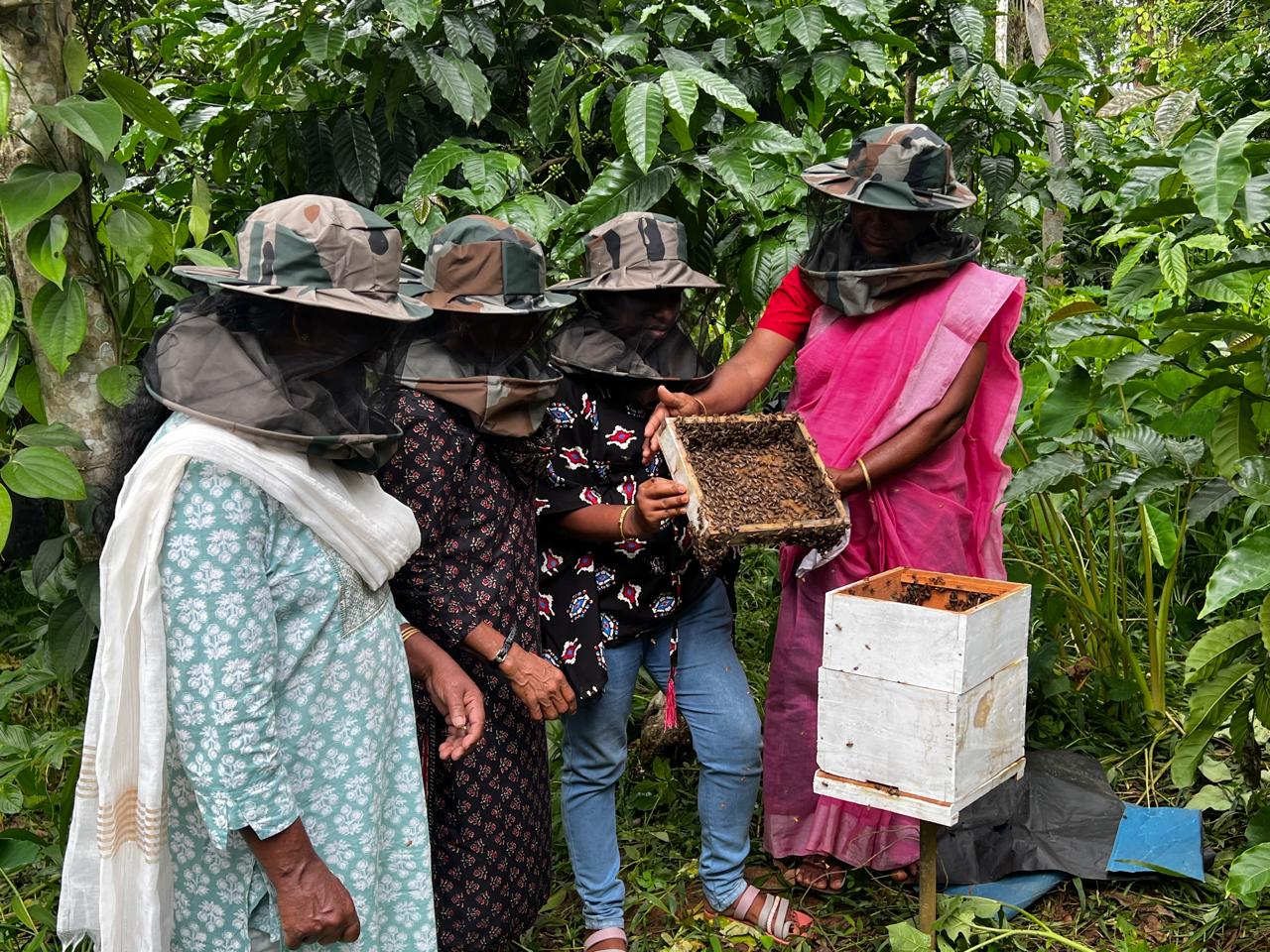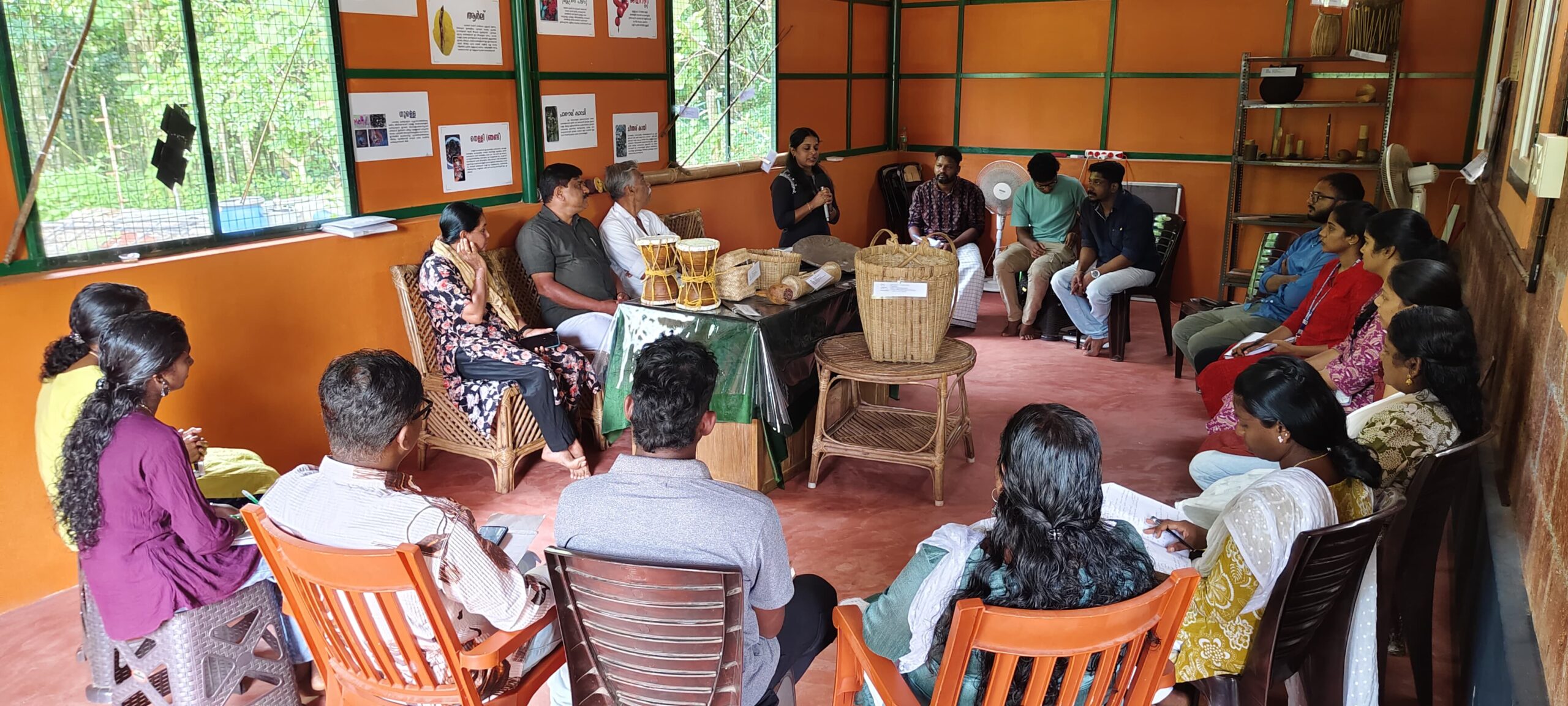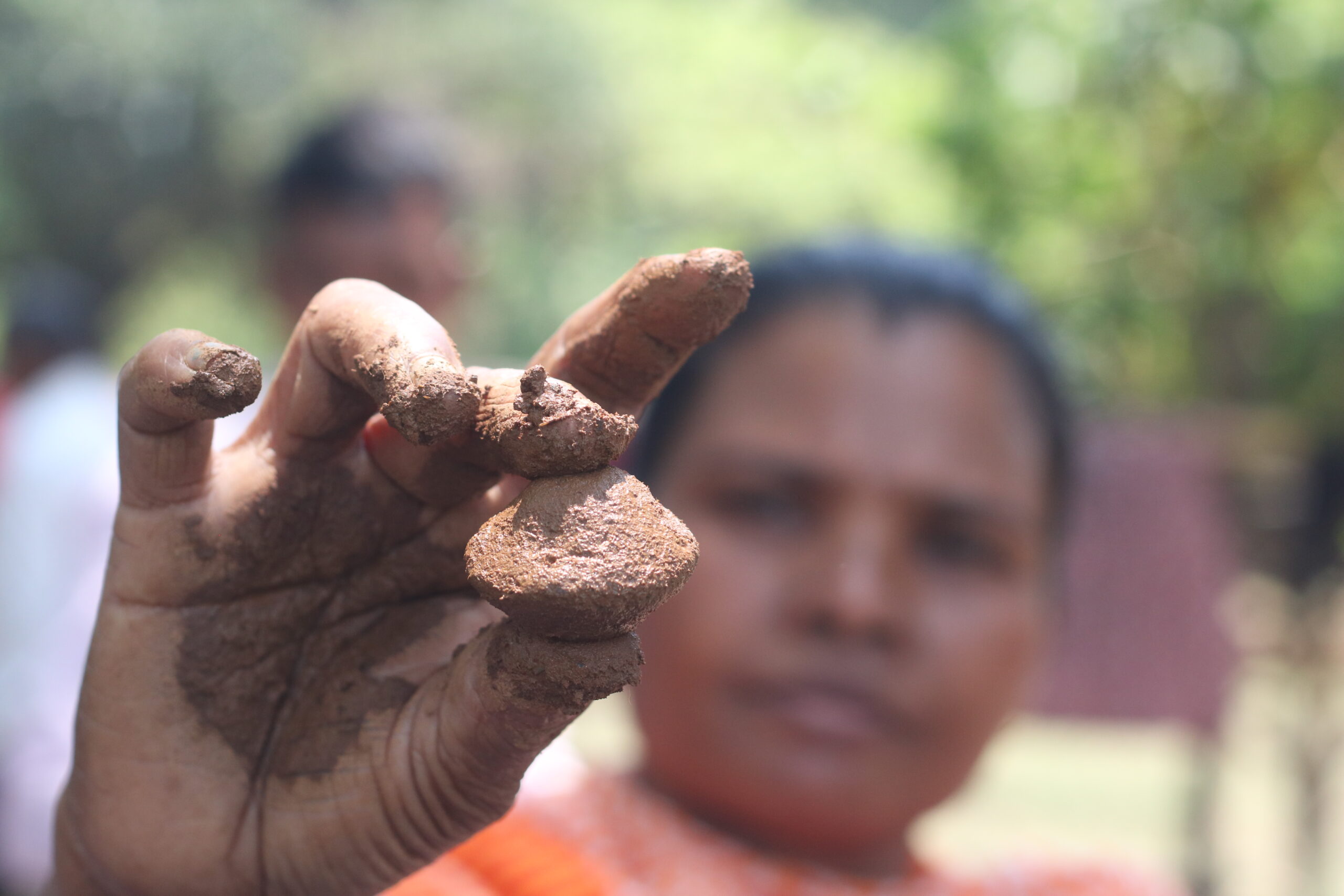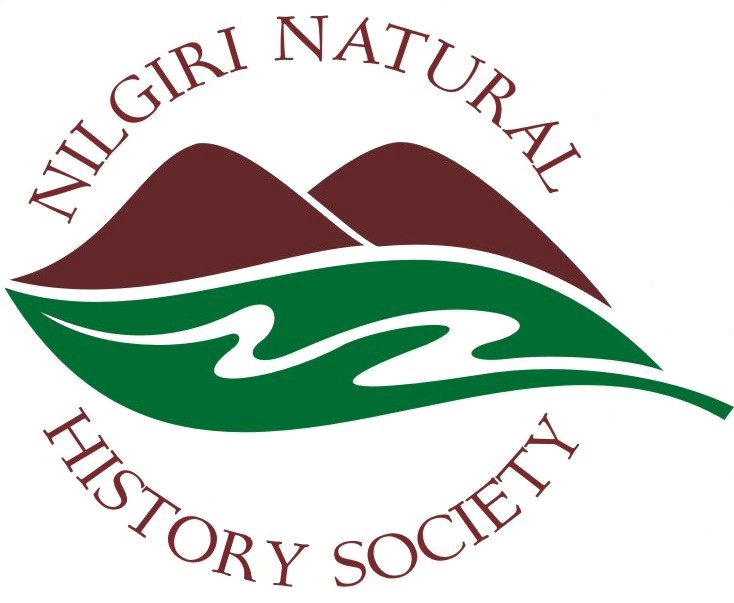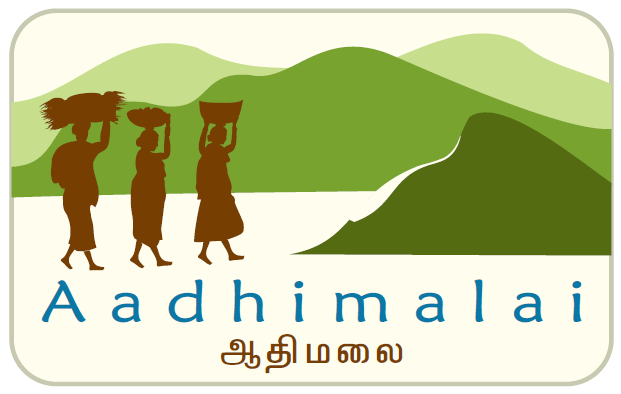By Shawn J. Stephen and Justin Raj ,Biodiversity Conservation
Report on Beekeeping training- Wayanad. UNESCO Women for Bees and Keystone Foundation, 21st and 22nd May, 2025.
As part of the UNESCO Women for Bees initiative, Keystone Foundation had carried out beekeeping training for 5 women from Wayanad on the 21st and 22nd of May, 2025. The training was led by Krishnan T, director of the Wayanad Grama Vikas Farmer Producer Company Ltd. Being an experienced beekeeper with over 300 Apis cerana boxes along with approximately 100 stingless bee boxes, Krishnan drew from over 20 years worth of practical training knowledge to introduce the participating women to the world of beekeeping. Five women from Plamoola, Wayanad—including housewives and farmers—began learning beekeeping for the first time. During the two days of training, they eagerly absorbed the knowledge and, as a result, showed strong interest in adopting beekeeping as a new practice.
Krishnan conducted the training at his house in Panangadi, Wayanad. Set amidst his one-acre coffee estate, Krishnan was able to distill the his own experiences into the lesson plan and communicate the technicalities of beekeeping in a way that was accessible and relatable.
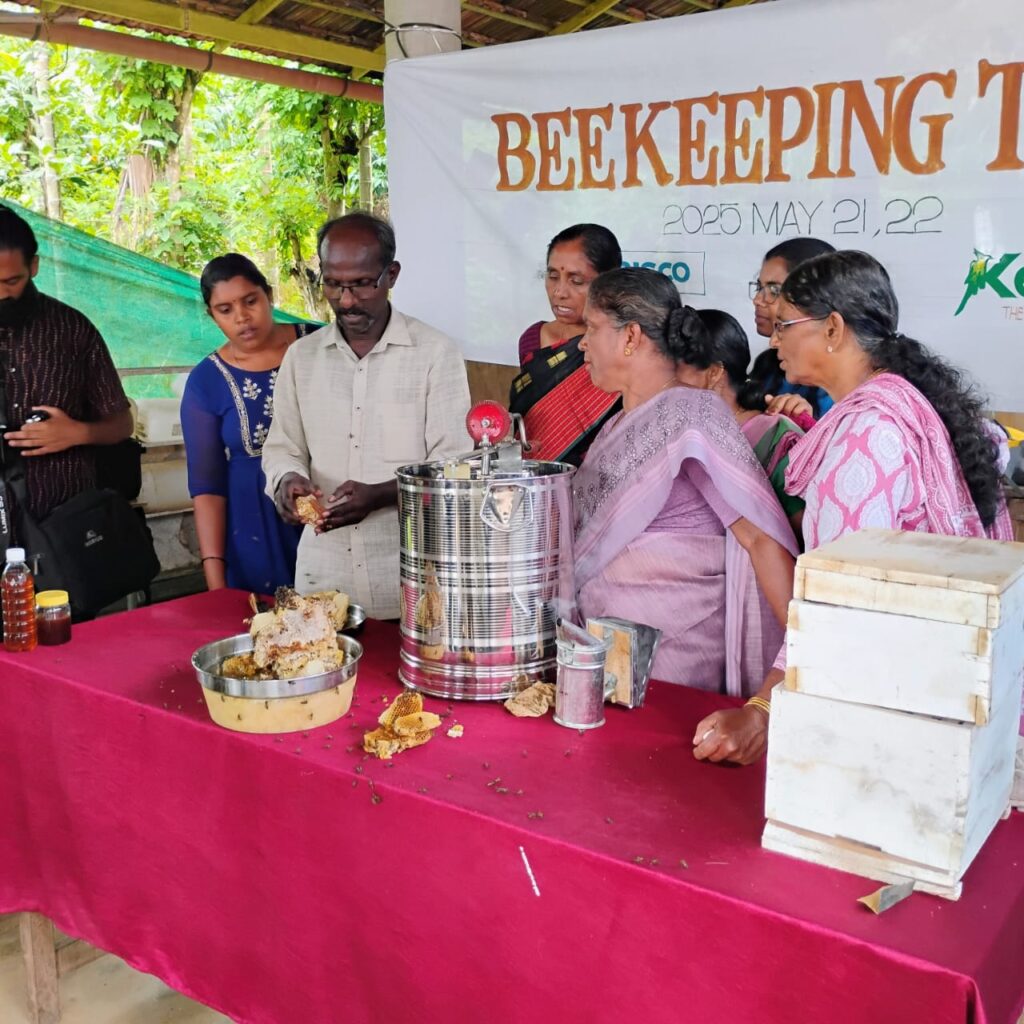
Besides covering bees and beekeeping on the first day—including the necessary tools and equipment—Krishnan also conducted a practical session on how to harvest honey from a bee box. Krishnan handed the participants bee veils, and they stood right beside him as he harvested honey from the super chamber of one of his boxes.. Each participant chose to hold honey- and bee-filled frames, carefully observing and absorbing everything the trainer demonstrated and explained. Although some participants admitted feeling slightly afraid of bee stings, they remained calm throughout the practical session and successfully avoided getting stung. Afterwards, they brought the honey-filled frames back to the training area, loaded the combs into an extractor, and successfully extracted the honey.
Women participants from Wayanad observe bee colonies as part of the field session.
On the second day, the training focused on seasonal hive management, covering how to identify the queen, divide colonies, and feed bees when necessary. Despite a few bee stings, the participants remained enthusiastic and fully engaged. Meanwhile, a filmmaking crew documented the sessions for the UNESCO Women for Bees project, with Kavya and Shawn assisting with translation. Although the documentation was valuable, it occasionally disrupted the training flow.
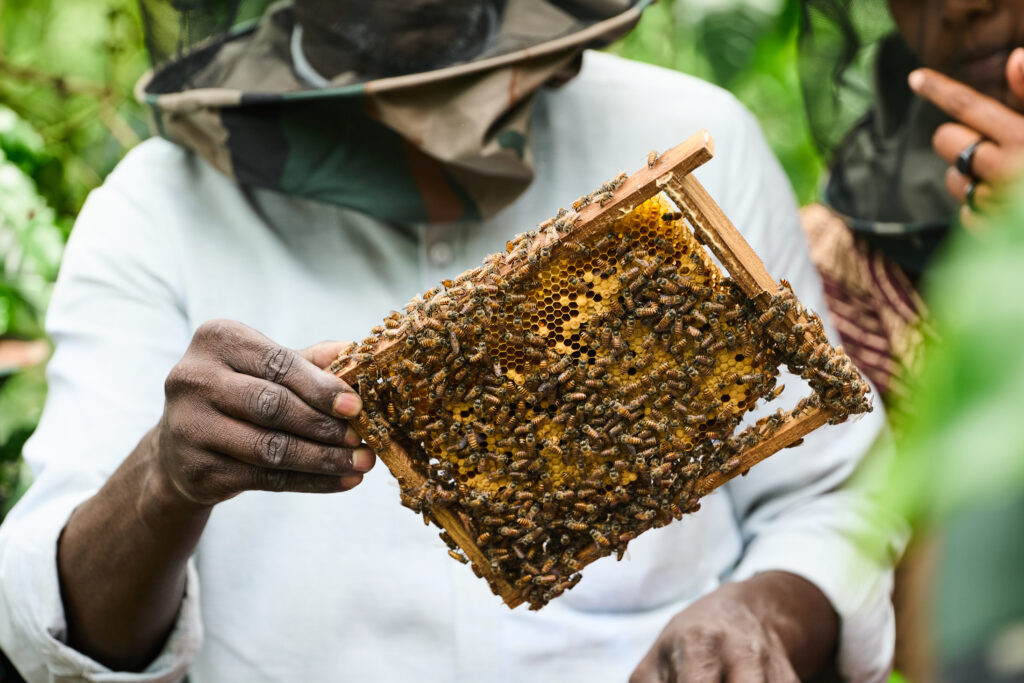
Over the two days, participants actively engaged with the trainer, making the beekeeping training a success. Continued engagement is essential, as upcoming sessions on marketing and compliance will prepare them to receive their own bee boxes and colonies.
Report on Beekeeping training- Nilambur. UNESCO Women for Bees and Keystone Foundation, 24rd and 24th May, 2025.
Keystone Foundation, with support from UNESCO, organized a two-day hands-on beekeeping training in Nilambur for women from the forest fringe villages of Appangappu, Thandankallu, Vellimuttam, and Narangapoyil. The training aimed to build skills in sustainable beekeeping using native bee species, promoting both biodiversity and forest-based livelihoods.The workshop began with an inaugural address by Forest Range Officer Mr. S. Shaji, who appreciated the growing interest of women in beekeeping and encouraged them to take it forward as a meaningful livelihood option.
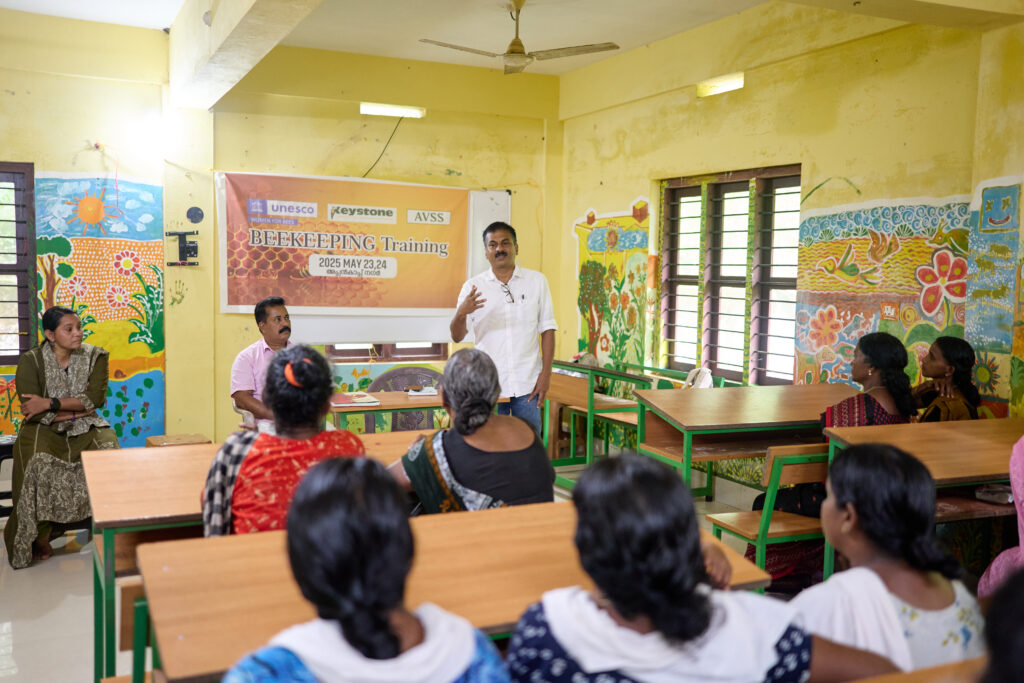
Learning About Native Bees
The workshop trainers introduced participants to four important native bee species commonly found in the region on the first day. These included Apis dorsata (locally known as Perun Then), a large wild bee known for building open hives; Apis florea (Kol Then), a smaller bee often seen nesting in shrubs and fences; Apis cerana indica (Putru Then), a domesticated species well-suited for hive beekeeping; and stingless bees (Seru Then), tiny bees that produce medicinal honey and are gentle to handle. Understanding the unique traits of each species helped participants appreciate the diversity and ecological value of native bees in forest ecosystems.
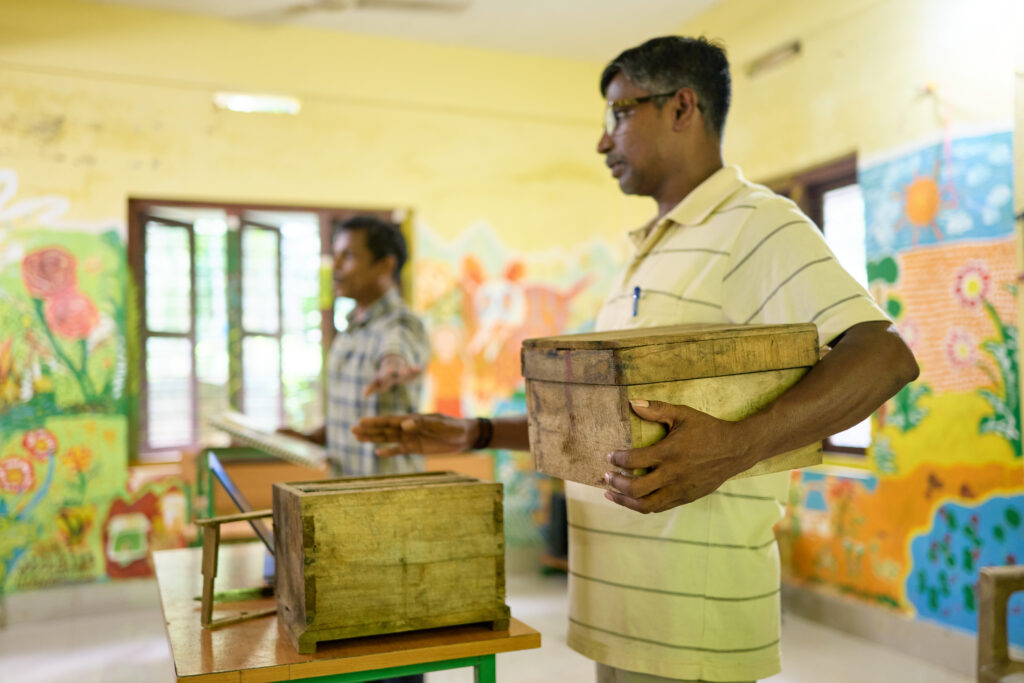
Hands-On Skills and Tools
The women were trained in the use of essential beekeeping tools such as the hive tool, bee veil, smoker, and knife. Practical sessions covered hive construction, safe honey harvesting, and seasonal management techniques — especially how to support bee colonies during the monsoon season when nectar sources are low. Participants learned how to recognize and manage common threats like wasps and Thai Sac brood Virus (TSBV), as well as how to handle hives without harming the colony. Participants were surprised to learn several new bee facts, including: Drone bees die after mating with the queen. Bees die after stinging. Bees have three eyes.
Building Local Capacity
The second day focused on deepening practical skills. Women worked in groups to inspect hives, practice safe handling, and discuss non-chemical approaches to pest control. The trainers also emphasized harvesting only capped honey to ensure quality and hygiene. Toward the end of the training, several participants expressed interest in continuing their journey in beekeeping, with six women showing potential to become Trainers of Trainers (TOTs) in their own villages.


Phots Credit:By Shawn J. Stephen

